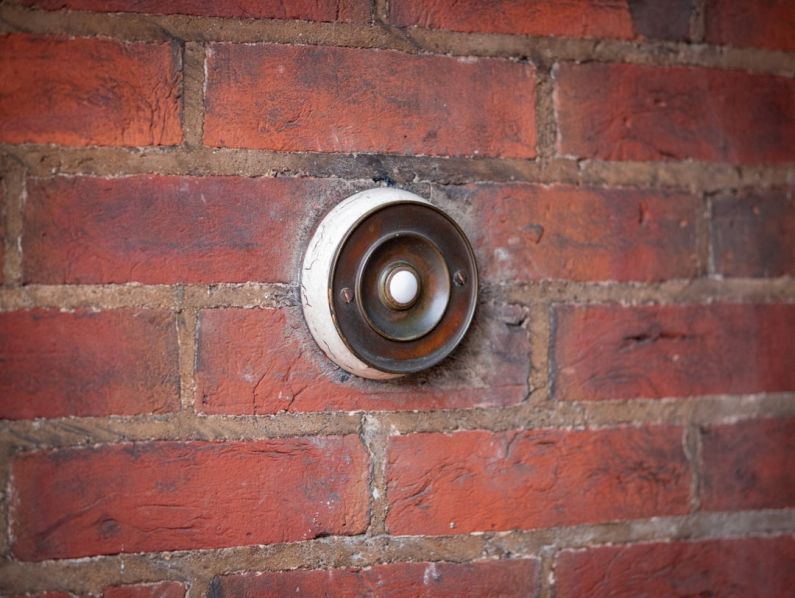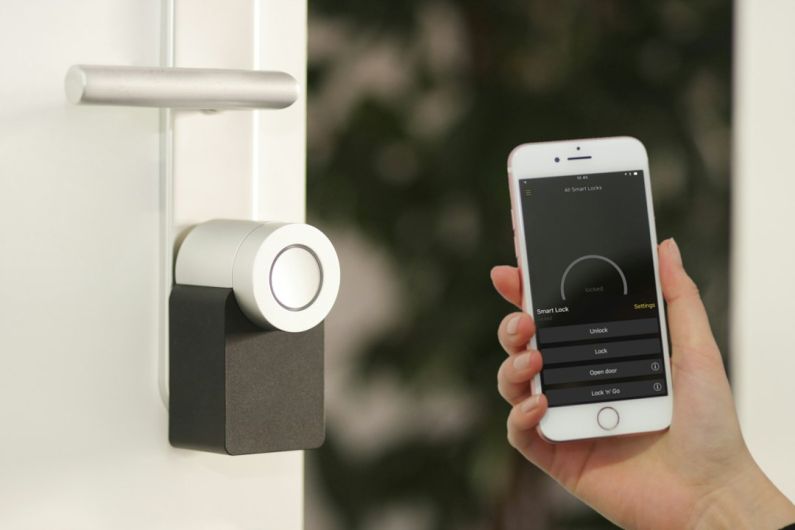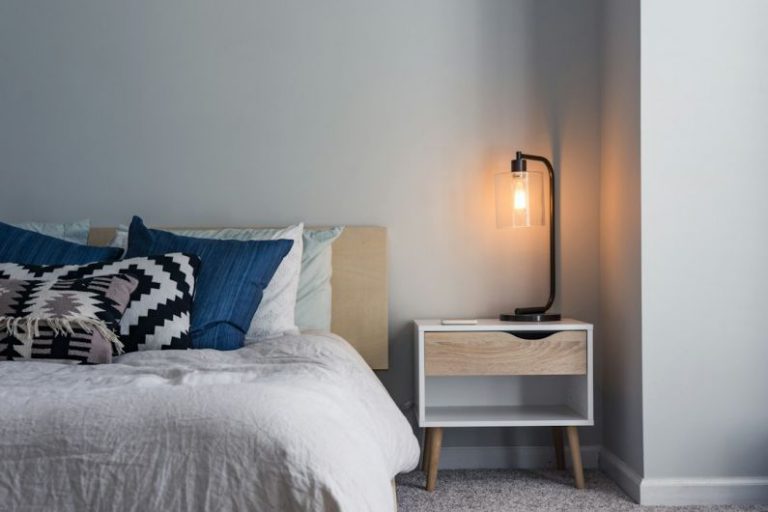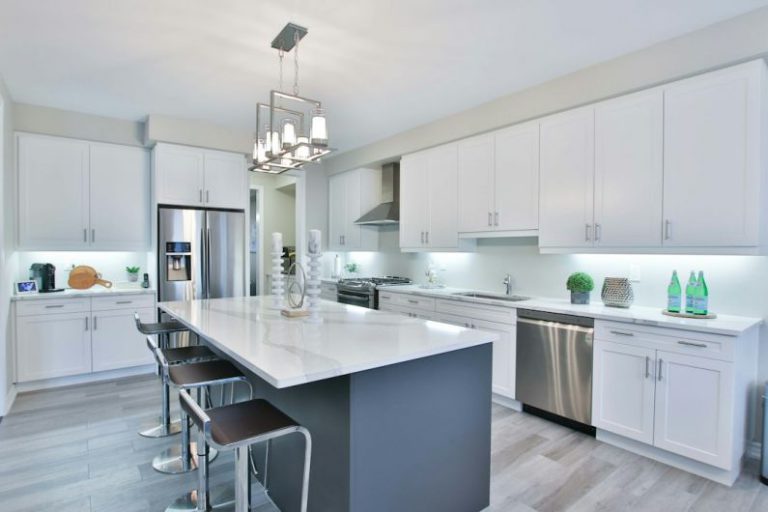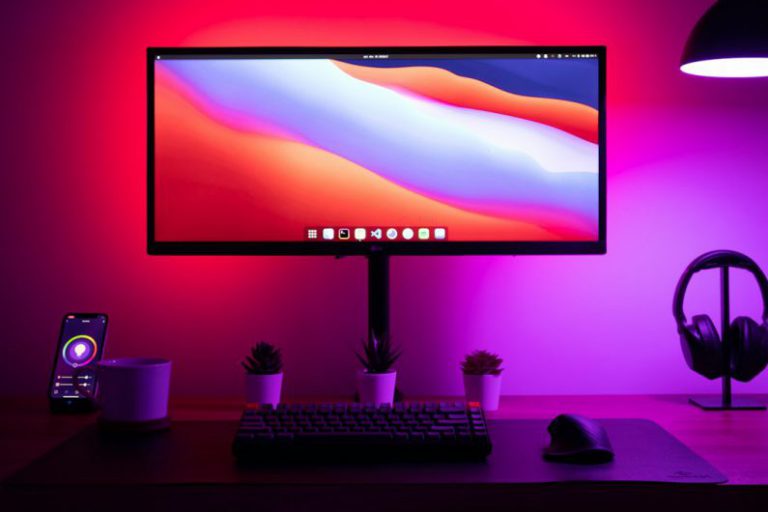How to Connect Your Smart Home Devices for Maximum Efficiency?
In today’s fast-paced world, technology is constantly evolving, and more and more people are turning to smart home devices to simplify their lives. These devices, such as smart speakers, thermostats, and security systems, can offer convenience and efficiency when connected and controlled from a central hub. If you’re looking to optimize your smart home experience, here are some tips on how to connect your devices for maximum efficiency.
Choose a Central Hub
Before you can connect your smart home devices, you’ll need to choose a central hub that will serve as the control center. There are several options available, including Amazon Echo, Google Home, and Apple HomePod. Consider your specific needs and preferences when selecting a hub, as each one has its own unique features and compatibility with different devices.
Ensure Compatibility
To connect your smart home devices seamlessly, it’s essential to ensure compatibility between the hub and the devices you intend to connect. Check the manufacturer’s specifications and compatibility lists to make sure your devices will work together. This step is crucial because incompatible devices may not communicate effectively, resulting in a less efficient smart home system.
Connect to Wi-Fi
To connect your smart home devices, you’ll need a stable and reliable Wi-Fi connection. Ensure that your Wi-Fi network is set up correctly, with a strong signal throughout your home. This will prevent any connectivity issues and ensure that your devices can communicate with each other and with the central hub seamlessly.
Download the App
Most smart home devices come with a dedicated app that allows you to control and manage them from your smartphone or tablet. Download the app for each device you want to connect and follow the instructions to set up and pair them with the central hub. Having all your devices accessible from a single app will make managing and controlling your smart home more efficient and convenient.
Group Devices
To maximize efficiency, consider grouping your smart home devices based on their functionality or location. For example, you could create a group for all the lights in your living room or a group for all the devices in your bedroom. This way, you can control multiple devices with a single command, such as turning off all the lights in a particular room or adjusting the temperature in a specific zone.
Create Routines and Automations
One of the significant advantages of a smart home system is the ability to create routines and automations. Routines allow you to set up a series of actions that occur simultaneously with a single command. For instance, you could create a routine called “Goodnight” that turns off all the lights, locks the doors, and adjusts the thermostat to your desired nighttime temperature.
Automations, on the other hand, enable your devices to respond automatically to specific triggers or conditions. For example, you could set your lights to turn on when you enter a room or have your thermostat adjust the temperature based on the time of day.
Regularly Update Firmware
To ensure optimal performance and security, it’s essential to regularly update the firmware of your smart home devices. Manufacturers often release firmware updates that address bugs, add new features, or improve compatibility. Keeping your devices up to date will not only enhance their efficiency but also protect them from potential vulnerabilities.
In conclusion, connecting your smart home devices for maximum efficiency requires careful consideration and planning. Choose a central hub that meets your needs, ensure compatibility between devices, and establish a stable Wi-Fi connection. Download the dedicated apps, group devices for easier control, and take advantage of routines and automations. Lastly, regularly update your devices’ firmware to ensure optimal performance. By following these tips, you can create a smart home system that simplifies your life and maximizes efficiency.

